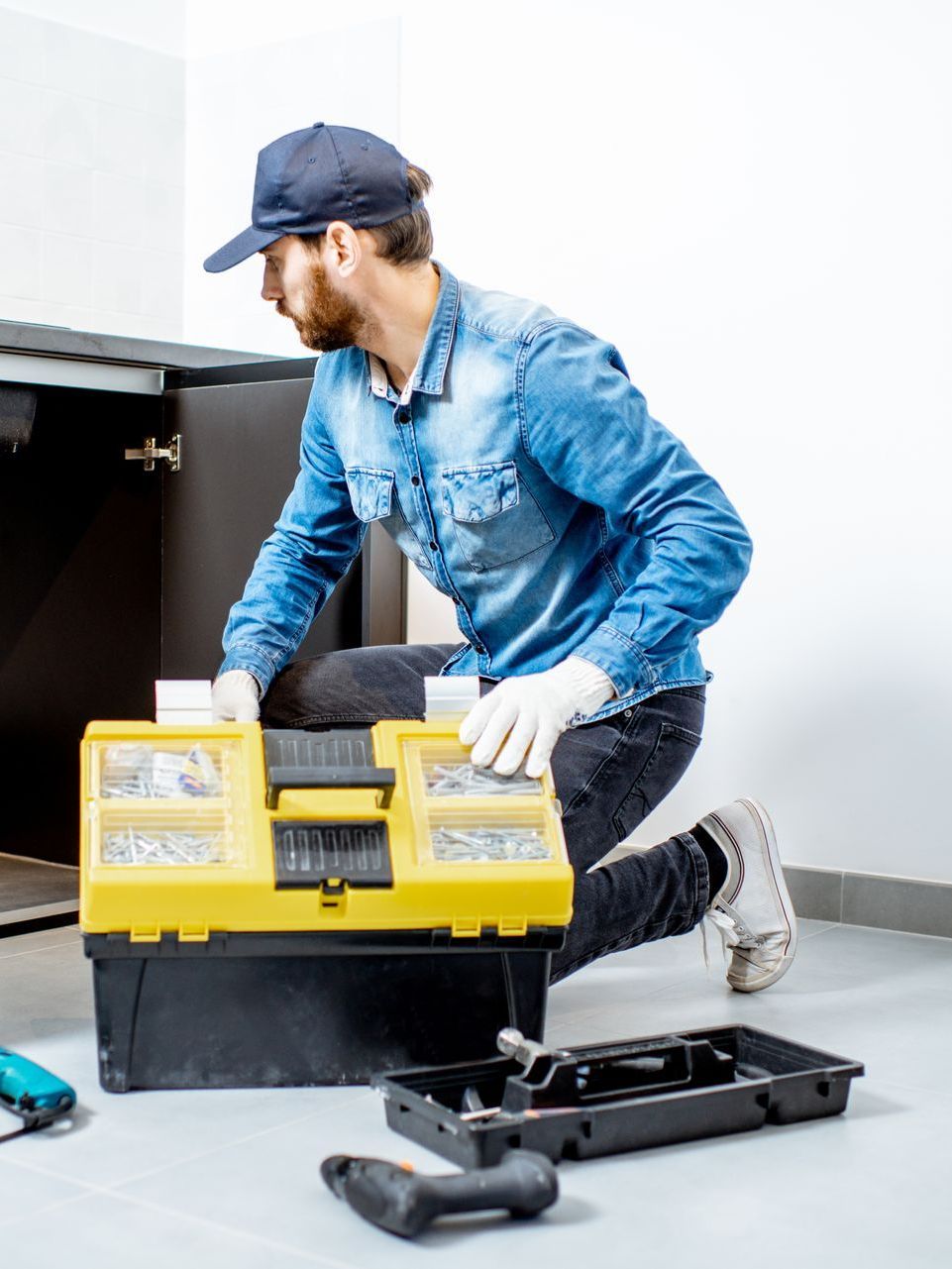HVAC Retrofits
HVAC Retrofits are a practical solution for homeowners and businesses in Whitby and surrounding areas in Ontario looking to upgrade their existing heating, cooling, and ventilation systems with more modern, energy-efficient, and high-performing equipment. At Lazzaro Gas HVAC, our skilled professionals offer comprehensive retrofit services that cater to the unique needs of your residential or commercial space. Through meticulous evaluation, customized design plans, and expert installation, our team ensures seamless integration of advanced technologies and components within your current system. With a focus on customer satisfaction, energy efficiency, and seamless system performance, trust in our HVAC retrofit solutions to elevate your comfort and contribute to long-term savings on your energy costs.
Do You Need Help?
Request A Callback!
LocalSite - Callback - Home
Experience Next-Level Comfort and Savings
Evaluating Existing Systems
The first aspect of an HVAC retrofit is to conduct a thorough evaluation of the current heating, cooling, and ventilation systems in place. This assessment determines the efficiency, performance, and potential limitations of the existing equipment, allowing HVAC professionals to identify the most practical and beneficial upgrades required.
Professional Installation
Proper installation is crucial for ensuring the success of an HVAC retrofit. Experienced professionals carefully install new equipment and components, adhering to industry best practices and safety guidelines to guarantee optimal performance and energy efficiency.
Customized Retrofit Solutions
Once the assessment is complete, skilled technicians design customized retrofit solutions tailored to the specific needs of your home or business space. These solutions may include upgrading key components, integrating advanced technologies, or replacing outdated systems with more energy-efficient options.
Enhanced Performance and Energy Savings
The primary goal of HVAC retrofits is to improve system performance and reduce energy consumption, providing long-term savings on utility bills. Upgrading to modern, energy-efficient equipment can significantly decrease operational costs, resulting in a more eco-friendly and cost-effective solution for maintaining indoor comfort in your residential or commercial space.
Improved
Energy Efficiency
One of the primary benefits of HVAC retrofits is the significant improvement in energy efficiency. Older HVAC systems may not operate optimally, leading to excessive energy consumption and higher utility bills. Upgrading to more energy-efficient equipment, retrofits can dramatically reduce energy usage and associated costs.
Enhanced Indoor Comfort and Air Quality
HVAC retrofits can greatly improve the overall comfort and indoor air quality in a building. By optimizing the system's performance, retrofits can ensure that temperature and humidity levels are consistently maintained, creating a more comfortable environment for occupants.
Extended Equipment Life and Reduced Maintenance Costs
Upgrading and modernizing HVAC systems through retrofits can extend the lifespan of the equipment and reduce the need for frequent repairs and maintenance. Newer, more efficient components are often designed with better materials and technologies that are less prone to wear and tear, resulting in a longer-lasting system.
Our Process
01
Assessment and Inspection: The first step in the HVAC retrofit process involves conducting a thorough assessment and inspection of the existing HVAC system. This includes examining the current equipment, ductwork, and controls to identify any potential issues or inefficiencies. A professional HVAC technician will also evaluate the needs of the building and its occupants, taking into account factors such as indoor air quality, energy consumption, and comfort levels.
02
System Design and Selection: Once the assessment and inspection are complete, the HVAC technician will work with the client to design and select the appropriate retrofit solutions. This may involve upgrading existing equipment, installing new components, or even replacing the entire system. The technician will consider the client's specific needs and budget, as well as the latest energy-efficient technologies, to develop a customized HVAC retrofit plan that optimizes performance and minimizes operating costs.
03
Implementation and Installation: The third step in the HVAC retrofit process is the actual implementation and installation of the chosen solutions. This may involve removing and disposing of old equipment, installing new components, or modifying existing systems to accommodate the upgrades. The HVAC technician will ensure that all work is performed according to industry standards and in compliance with local building codes.
04
Testing and Commissioning: The final step in the HVAC retrofit process is testing and commissioning the newly installed or upgraded system. This involves conducting a series of tests to ensure that all components are functioning properly and efficiently. The HVAC technician will check for any potential issues, such as leaks, inadequate airflow, or improper temperature control, and make any necessary adjustments to optimize the system's performance.

